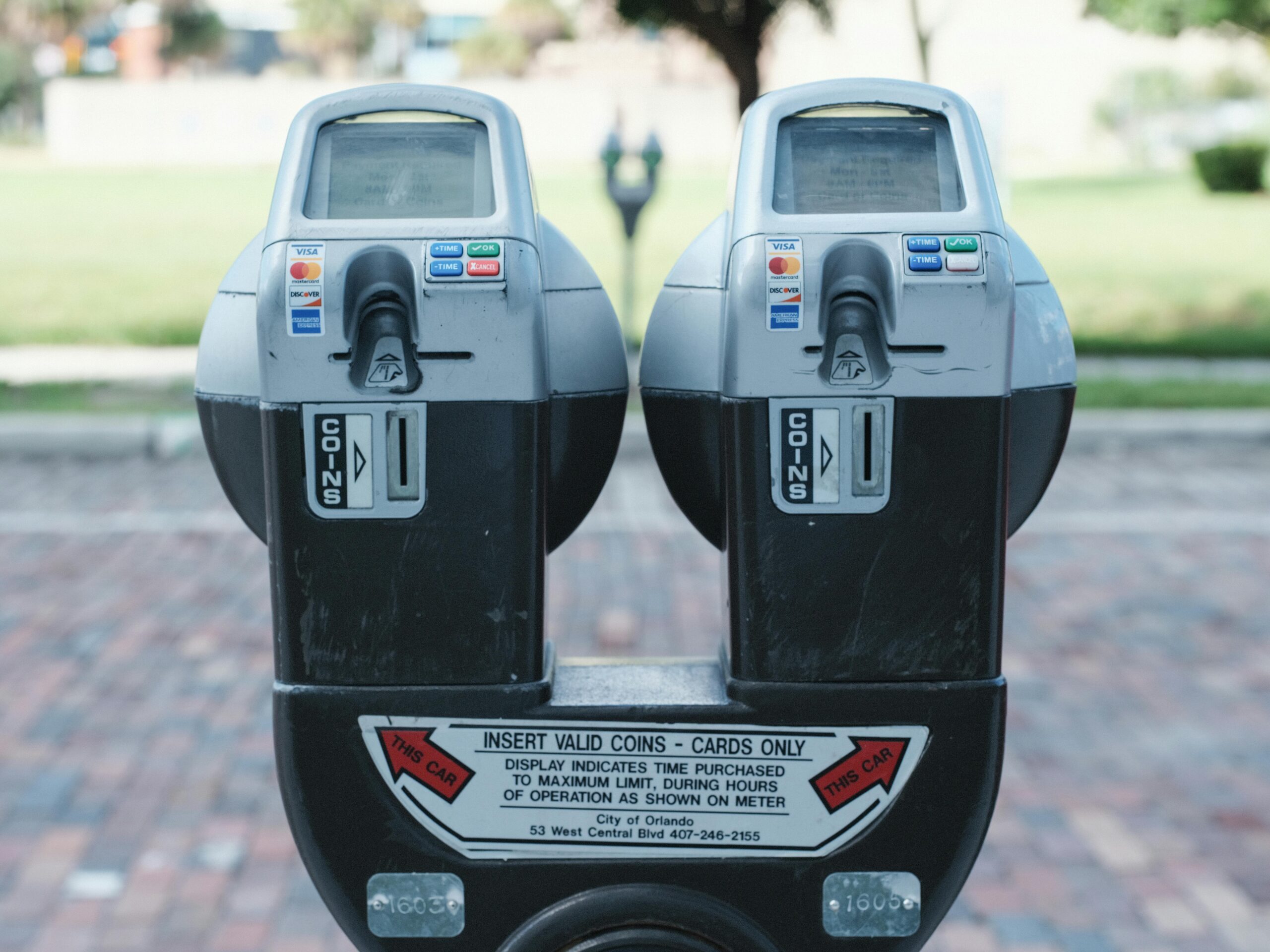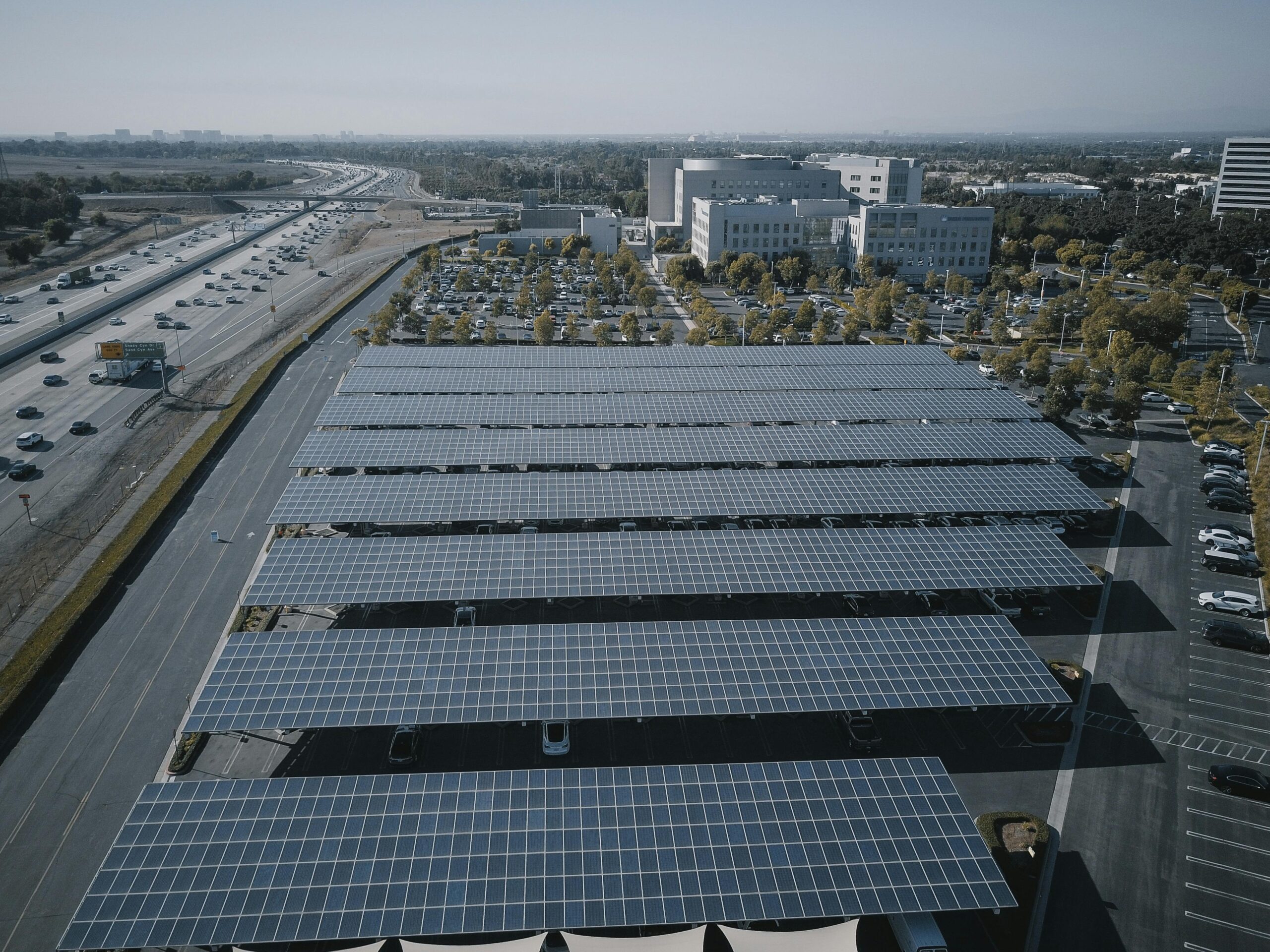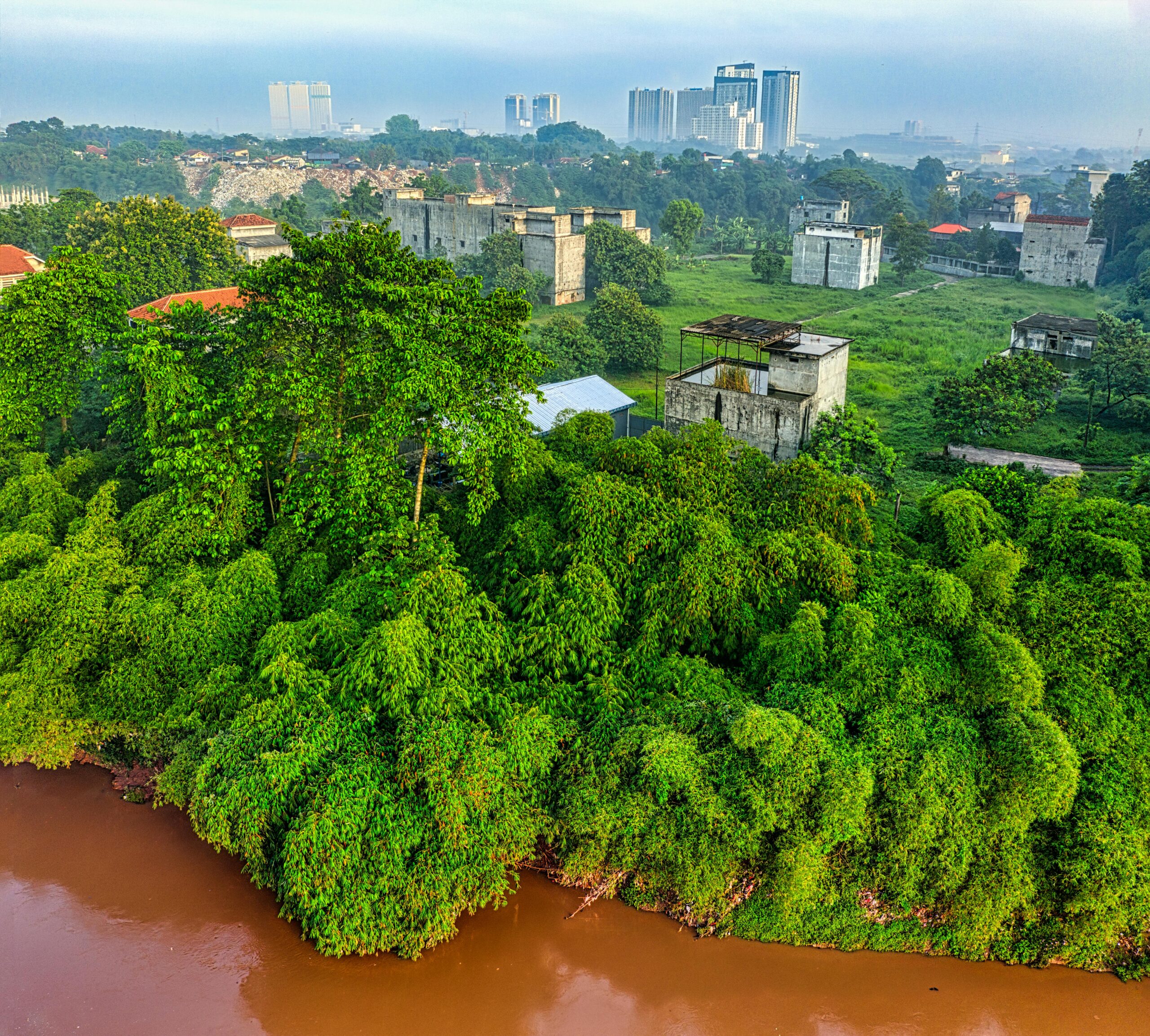Digital twin technology is transforming urban landscapes, offering city planners unprecedented tools to visualize, simulate, and optimize metropolitan development before breaking ground.
🌆 The Dawn of Virtual Cities: Understanding Digital Twin Technology
Imagine having an exact virtual replica of an entire city at your fingertips—a living, breathing digital model that updates in real-time, reflecting every change from traffic patterns to weather conditions. This isn’t science fiction; it’s the reality of digital twin urban modeling, and it’s revolutionizing how we plan, build, and manage our cities.
A digital twin is essentially a comprehensive virtual representation of a physical environment that uses real-time data, artificial intelligence, and advanced simulation capabilities. In urban planning contexts, these digital replicas incorporate everything from infrastructure and buildings to utilities, transportation networks, and even environmental factors like air quality and temperature fluctuations.
The concept originated in manufacturing and aerospace industries, where engineers created virtual prototypes to test products before physical production. Now, this technology has evolved to encompass entire urban ecosystems, allowing city planners to experiment with different scenarios, predict outcomes, and make data-driven decisions that affect millions of residents.
Why Traditional Urban Planning Needs a Digital Upgrade
For decades, city planning relied on static blueprints, physical models, and educated guesses. Planners would create zoning maps, conduct environmental impact studies, and hold public hearings—all valuable steps, but limited by their inability to predict complex interactions within urban systems.
Traditional methods often resulted in costly mistakes. Infrastructure projects might disrupt traffic patterns in unexpected ways, new developments could strain utilities beyond capacity, or environmental considerations might be overlooked until construction was already underway. These errors cost cities billions in corrections and lost opportunities.
Digital twin technology addresses these limitations by creating dynamic models that can simulate years of urban development in minutes. Planners can test multiple scenarios, identify potential problems before they occur, and optimize designs for efficiency, sustainability, and livability.
🏗️ Core Components of Digital Twin Urban Systems
Effective digital twin models integrate multiple technological layers to create comprehensive urban simulations. Understanding these components helps illustrate why this technology represents such a transformative shift in city planning.
Data Collection Infrastructure
The foundation of any digital twin is robust data collection. Modern cities deploy extensive sensor networks that capture information continuously. These include traffic cameras, weather stations, utility meters, air quality monitors, and IoT devices embedded in infrastructure.
Satellite imagery and LiDAR scanning provide detailed topographical data and building measurements. Mobile devices contribute anonymized location data that reveals movement patterns and urban flow. Together, these sources create an information ecosystem that feeds the digital twin in real-time.
3D Modeling and Visualization
Advanced 3D modeling software transforms raw data into visual representations that stakeholders can explore and understand. These aren’t simple renderings—they’re interactive environments where users can change perspectives, drill down into specific areas, and manipulate variables to see immediate impacts.
The visualization layer makes complex urban systems accessible to non-technical audiences, facilitating better communication between planners, officials, and citizens. This democratization of urban planning data represents a significant step toward more inclusive development processes.
Simulation and Predictive Analytics
The real power of digital twins lies in their ability to simulate future scenarios. Machine learning algorithms analyze historical patterns and current trends to predict how changes will ripple through urban systems.
Want to know how a new transit line will affect traffic congestion, property values, and air quality simultaneously? A digital twin can model all these interconnected effects, revealing both intended consequences and unexpected side effects that traditional planning methods might miss.
🚦 Real-World Applications Transforming Cities Today
Cities worldwide are implementing digital twin technology with remarkable results. These practical applications demonstrate the technology’s versatility and value across diverse urban challenges.
Traffic Management and Transportation Planning
Singapore’s Virtual Singapore project represents one of the most comprehensive digital twin implementations. The model includes every building, tree, and infrastructure element in the city-state, updated with real-time data from thousands of sensors.
Transportation planners use this digital twin to optimize traffic light timing, plan new transit routes, and evaluate the impact of autonomous vehicles on existing infrastructure. The system has helped reduce congestion hotspots and improve emergency response times throughout the city.
Sustainable Energy and Environmental Management
Digital twins enable cities to optimize energy consumption across entire districts. By modeling energy flow through buildings, street lighting, and industrial facilities, planners identify inefficiencies and test renewable energy integration strategies.
Amsterdam’s digital twin focuses heavily on environmental sustainability, modeling everything from solar panel placement to green roof effectiveness. The city uses these simulations to pursue ambitious carbon neutrality goals while maintaining economic growth.
Disaster Preparedness and Emergency Response
When natural disasters strike or emergencies occur, digital twins become invaluable planning tools. Cities can simulate flood scenarios, earthquake damage, or fire spread patterns to develop more effective evacuation routes and resource deployment strategies.
Miami has developed a digital twin specifically for sea-level rise and hurricane preparedness. The model helps officials identify vulnerable infrastructure, plan protective measures, and coordinate emergency responses before disasters occur.
Economic Benefits Driving Adoption 💰
While digital twin technology requires significant initial investment, the economic returns justify the expense for forward-thinking municipalities. The financial benefits manifest across multiple dimensions of urban management.
Construction projects benefit from reduced errors and change orders. When developers and contractors work from accurate digital twins, they encounter fewer surprises during building, saving time and money. Studies suggest digital twins can reduce infrastructure project costs by 15-20% through improved planning and coordination.
Operational efficiency improves dramatically when cities use digital twins for ongoing management. Utilities can predict maintenance needs before failures occur, reducing expensive emergency repairs. Traffic management systems optimize flow dynamically, reducing economic losses from congestion.
Property development and investment decisions become more informed when developers access comprehensive digital models. This transparency attracts investment and ensures new projects align with broader urban development goals.
🌱 Environmental and Social Impact
Beyond economic considerations, digital twins contribute significantly to environmental sustainability and social equity in urban development—two increasingly critical priorities for cities worldwide.
Carbon Footprint Reduction
Climate change represents an existential challenge for cities, and digital twins provide powerful tools for mitigation. By modeling energy consumption, transportation emissions, and industrial output, cities identify the most effective decarbonization strategies.
Helsinki’s digital twin includes comprehensive carbon modeling that tracks emissions at neighborhood levels. This granular data helps policymakers target interventions where they’ll have maximum impact, accelerating the city’s goal of carbon neutrality by 2035.
Inclusive Planning and Community Engagement
Digital twins democratize urban planning by making complex information accessible to average citizens. Interactive visualizations allow residents to explore proposed developments, understand their impacts, and provide meaningful feedback.
Some cities have created public portals where citizens can experiment with planning scenarios themselves, adjusting variables and seeing results. This participatory approach builds community buy-in and surfaces concerns early in the planning process.
Challenges and Limitations to Consider ⚠️
Despite its transformative potential, digital twin technology faces several challenges that cities must address for successful implementation.
Data Privacy and Security Concerns
Digital twins require enormous amounts of data, including information that could compromise individual privacy if mishandled. Cities must establish robust data governance frameworks that protect citizen privacy while enabling the data collection necessary for effective modeling.
Cybersecurity represents another critical concern. A comprehensive digital twin of a city’s infrastructure could become a target for cyberattacks. Securing these systems against unauthorized access requires ongoing investment and vigilance.
Implementation Costs and Technical Complexity
Creating and maintaining a comprehensive urban digital twin demands substantial financial resources and technical expertise. Smaller cities may struggle to justify the investment or lack personnel with necessary skills.
Integration challenges arise when connecting diverse data sources and legacy systems. Cities often operate on technology platforms that weren’t designed to communicate with each other, requiring expensive middleware solutions or system replacements.
The Risk of Over-Reliance on Models
No model perfectly captures reality’s full complexity. Digital twins, however sophisticated, make assumptions and simplifications that can lead to blind spots. Planners must maintain critical thinking and not treat model outputs as infallible predictions.
Human judgment, local knowledge, and qualitative considerations remain essential. Digital twins should inform decisions, not make them autonomously.
🔮 Future Trends Shaping Digital Twin Evolution
As technology advances, digital twin capabilities will expand in ways that further transform urban planning and city management.
Artificial Intelligence Integration
Next-generation digital twins will incorporate more sophisticated AI that can identify patterns humans might miss, suggest optimization strategies autonomously, and even predict long-term trends with greater accuracy.
Machine learning models trained on years of urban data will become better at anticipating how complex systems interact, enabling more proactive rather than reactive city management.
Citizen Digital Twins
Emerging research explores creating anonymized behavioral models of city residents that simulate human responses to urban changes. These “citizen digital twins” would help planners understand how different populations might react to new policies or infrastructure.
This raises additional ethical considerations about consent and representation, but could dramatically improve urban design’s human-centered aspects.
Inter-City Connectivity
As more cities develop digital twins, opportunities emerge for connecting these models to simulate regional and even global urban systems. This could revolutionize how we approach challenges that transcend municipal boundaries, like climate adaptation and economic development.
Making Digital Twins Accessible to All Cities 🌍
For digital twin technology to reach its full potential, it must become accessible beyond wealthy metropolises. Several developments are making this increasingly feasible.
Cloud-based platforms reduce upfront infrastructure costs, allowing cities to access computing power and storage as needed rather than investing in expensive hardware. Open-source digital twin frameworks lower software licensing costs and enable customization for local needs.
Collaborative initiatives where multiple cities share development costs and best practices accelerate adoption. Regional governments and international organizations increasingly offer grants and technical assistance to help smaller cities implement digital twin technology.
Educational institutions are developing training programs to build the workforce needed to create and maintain urban digital twins, addressing the skills gap that currently limits implementation.
The Strategic Imperative for Forward-Thinking Cities 📊
Cities that embrace digital twin technology position themselves competitively for the future. As urban populations grow and challenges intensify, data-driven planning becomes not just advantageous but necessary.
The question is no longer whether cities should invest in digital twins, but how quickly they can implement these systems effectively. Early adopters gain experience and refine approaches while the technology is still evolving, establishing leadership in smart city development.
Municipal leaders should begin by assessing current data infrastructure, identifying priority use cases, and engaging stakeholders across government, industry, and communities. Starting with focused pilot projects—perhaps traffic management in a single district or energy optimization in public buildings—allows cities to build expertise incrementally.
Partnerships with technology providers, academic institutions, and other municipalities can accelerate implementation and reduce costs. The digital twin ecosystem is collaborative, with cities learning from each other’s successes and failures.

🚀 Building Cities That Learn and Adapt
Ultimately, digital twin urban modeling represents more than just another planning tool—it embodies a fundamental shift in how we conceive of cities themselves. Rather than static environments shaped once and left unchanged, cities become dynamic, responsive systems that continuously learn from data and adapt to resident needs.
This technology enables cities to experiment safely, testing ideas virtually before committing resources to physical implementation. The result is more innovative, efficient, and livable urban environments designed through iteration and evidence rather than guesswork and tradition.
As climate change, population growth, and technological disruption accelerate, cities need every advantage to remain resilient and prosperous. Digital twins provide the situational awareness and predictive capability that modern urban management demands.
The cities that thrive in coming decades will be those that embrace comprehensive digital modeling, using these virtual representations to plan smarter, build more sustainably, and serve residents more effectively. The future of urban planning is digital, dynamic, and data-driven—and that future is already taking shape in pioneering cities worldwide.
For planners, developers, policymakers, and citizens alike, understanding digital twin technology is no longer optional. It’s the lens through which we’ll increasingly view urban challenges and opportunities, the platform on which tomorrow’s cities will be designed, and the foundation for urban environments that truly serve the people who call them home.
Toni Santos is an urban innovation writer and researcher dedicated to exploring how technology, sustainability, and design are reshaping the cities of tomorrow. With a deep interest in smart infrastructure and human-centered development, Toni studies how data-driven systems and green technologies can create more livable, resilient, and efficient urban environments. Fascinated by sustainable architecture, IoT integration, and next-generation mobility, Toni’s work connects environmental awareness with digital transformation. Through research and storytelling, he examines how intelligent planning and renewable innovation can redefine the relationship between people and their cities. Blending urban design, environmental science, and systems thinking, Toni documents the breakthroughs that are reimagining how we build, move, and coexist. His work highlights the architects, engineers, and technologists leading the charge toward smarter, greener futures. His work is a tribute to: Green architecture as the foundation for sustainable living IoT innovation shaping the infrastructure of connected cities Mobility systems and renewable energy driving urban transformation Whether you’re an architect, engineer, or city planner, Toni Santos invites you to explore the technologies and ideas building the smart, sustainable cities of the future — one street, one system, one vision at a time.




